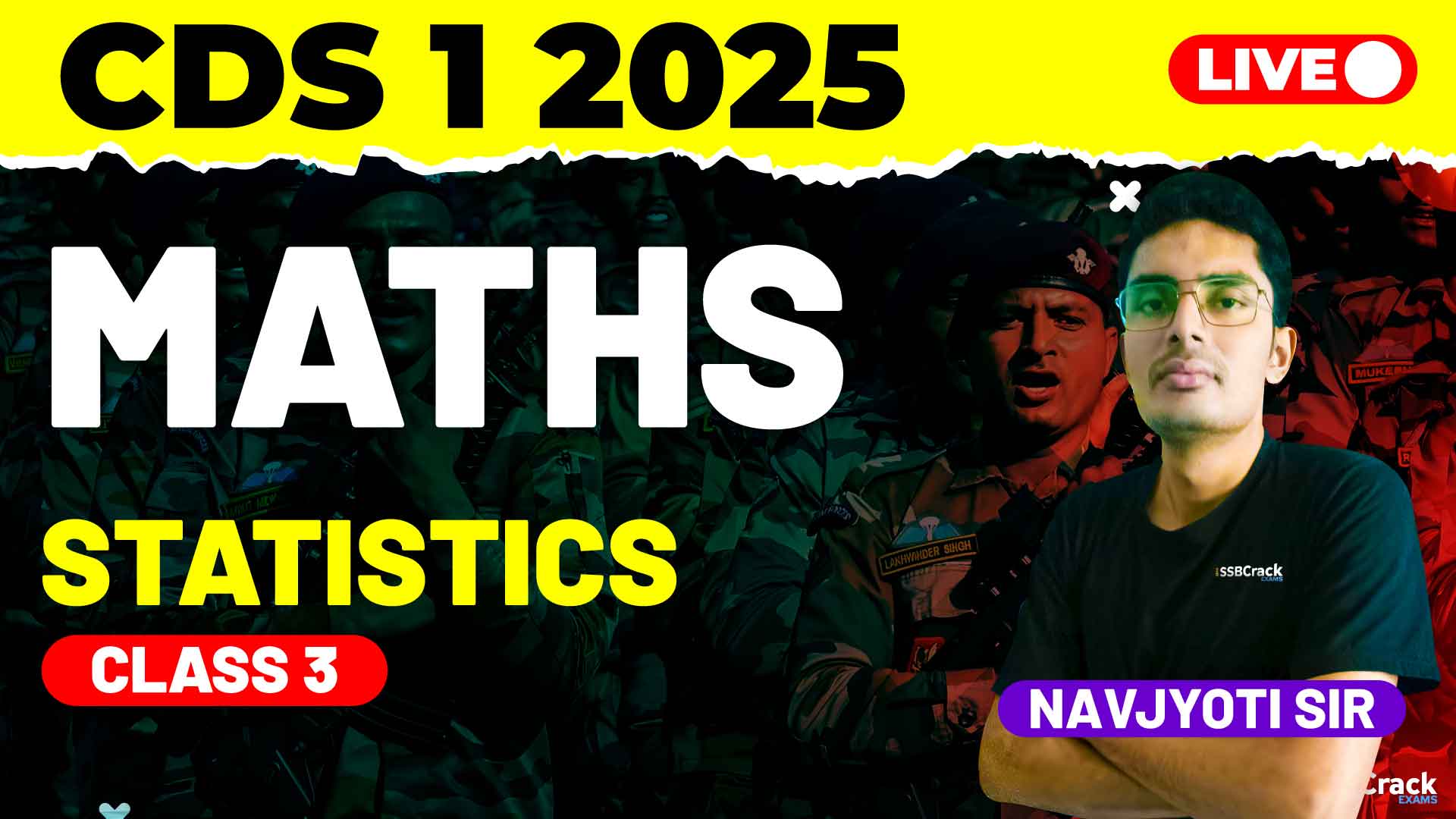A recent class focused on the topic of Integration, a vital component of the National Defence Academy and Naval Academy (NDA-NA) Exam – Paper I (Maths). The session emphasized building foundational knowledge and practical problem-solving skills on sub-topics such as indefinite integrals, the constant of integration, the concept of a family of curves, properties of integrals, and techniques like integration by substitution.
This interactive session aimed to make the subject approachable while highlighting strategies to master it for the NDA-NA exam. Here’s a summary of the class and actionable tips to prepare effectively.
Class Highlights
1. Introduction to Indefinite Integrals
The class began with an overview of integration, explaining its significance as the reverse process of differentiation. The instructor emphasized the role of the constant of integration in indefinite integrals, showcasing how it represents a family of curves rather than a single solution.
2. Properties of Integration
Properties of integrals were discussed to simplify calculations. These properties are essential tools for solving complex problems quickly and efficiently, which is crucial in an exam setting.
3. Integration by Substitution
The instructor introduced the technique of substitution, which involves changing the variable of integration to make the problem simpler. Real-life examples and relatable analogies helped clarify how substitution can transform seemingly complicated integrals into more manageable forms.
4. Application to Family of Curves
The relationship between indefinite integrals and the family of curves was explored in depth. The instructor demonstrated how the addition of the constant of integration results in infinitely many solutions, forming a family of curves.
5. Practical Problem-Solving
Theoretical concepts were reinforced with practice problems that included a mix of fundamental and moderately challenging questions. Students were encouraged to share their approaches, fostering peer learning.
Strategies to Prepare for Integration
1. Understand the Basics Thoroughly
Begin by solidifying your understanding of fundamental concepts like the meaning of integration, indefinite integrals, and the constant of integration. A strong foundation will make it easier to grasp advanced techniques.
2. Master Common Techniques
Familiarize yourself with key methods such as:
- Integration by substitution: Practice problems involving trigonometric, exponential, and algebraic substitutions to gain confidence.
- Recognizing standard forms: Memorize commonly used integration results to save time during the exam.
3. Focus on Properties
Properties of integrals are often used to simplify complex problems. Make a list of these properties and understand their applications through practice.
4. Practice a Variety of Problems
Work on a diverse range of questions, from straightforward to challenging. Solving questions with varied difficulty levels will prepare you for the unpredictable nature of exam questions.
5. Visualize the Family of Curves
Understand the geometric significance of the constant of integration and how it creates a family of curves. Visual aids like sketches or graphing tools can help you grasp this concept intuitively.
6. Break Down Complex Problems
If a problem appears overwhelming, break it into smaller parts. Identify the substitution or technique required for each step before attempting the solution.
7. Analyze Mistakes
Review incorrect solutions to understand where you went wrong. This habit will help you refine your approach and reduce errors in the exam.
8. Practice Regularly
Dedicate specific time slots to integration practice daily. Regular exposure to the topic will reinforce your understanding and improve your speed and accuracy.
Relevance of Integration in NDA-NA Exam
Integration forms a significant part of the NDA-NA Maths syllabus, often appearing in both direct and application-based questions. Mastery of this topic not only boosts your score in Paper I but also enhances your ability to tackle related concepts like differential equations and areas under curves.
The focus on techniques like substitution and properties in the recent class aligns with the exam’s requirements, as these are common methods tested in the paper.
Conclusion
The recent class on Integration provided an excellent opportunity for students to deepen their understanding of core concepts and sharpen their problem-solving skills. By focusing on sub-topics like indefinite integrals, properties, and substitution techniques, students gained the tools needed to approach integration questions confidently.
For NDA-NA aspirants, integration is more than just a mathematical process—it is a skill that requires consistent practice, a strategic approach, and a clear understanding of concepts. With regular effort, disciplined preparation, and the right mindset, you can master integration and secure an edge in the exam.
Stay committed to your goal, and success will follow!


















